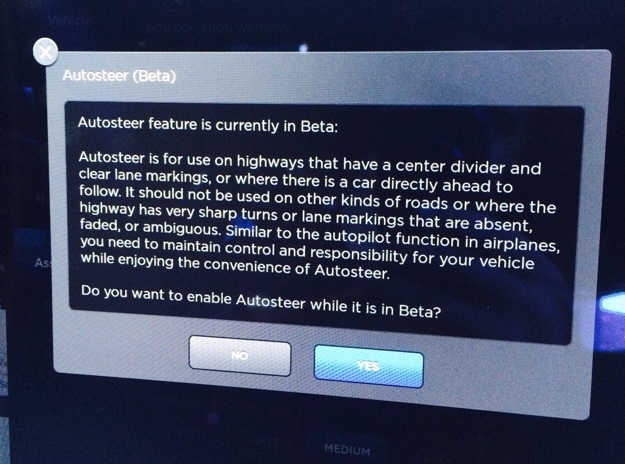Tesla Blames Inattentive Model X Driver For Fatal Autopilot Crash Involving Highway Barrier
As is usually the case with these kinds of incidents, Tesla is off course trying to shift blame away from itself, and in this case is placing it on the deceased driver. This became even more apparent this week as the family of the deceased driver, Walter Huang, is preparing to sue Tesla for negligence in his death. However, Tesla is pushing back strong, and has released an updated statement regarding the accident.
"According to the family, Mr. Huang was well aware that Autopilot was not perfect and, specifically, he told them it was not reliable in that exact location, yet he nonetheless engaged Autopilot at that location," wrote Tesla in a statement. "The crash happened on a clear day with several hundred feet of visibility ahead, which means that the only way for this accident to have occurred is if Mr. Huang was not paying attention to the road, despite the car providing multiple warnings to do so."

The statement goes on to staunchly defend Tesla, and even makes a seemingly veiled swipe at the family for talking to the media about the crash. “NHTSA found that even the early version of Tesla Autopilot resulted in 40 percent fewer crashes and it has improved substantially since then. The reason that other families are not on TV is because their loved ones are still alive.”
There's no question that systems like Autopilot are fallible and have trouble with non-traditional lane markings. Take for example this Tesla Model S, which crashed into a concrete barrier:
From what we can tell, there is an abrupt lane shift that is not clearly marked on the roadway, which confuses Autopilot. However, a driver that was paying attention should have been able to react dynamically to the lane shift.
A more telling example is another Tesla driver who approaches the same location of the crash in which Huang died:
This driver also has Autopilot engaged, and you can see that the road markings disappear, which cause the vehicle to veer to the left, putting it on a path to crash into the center barrier. However, the driver is aware of this shift and steers to avoid the collision. What's interesting is that you can clearly hear the car deliver a warning chime as it detects an obstacle ahead.
At this point, it is unclear why Huang didn't respond the warning signals that his vehicle sent prior to the collision.


